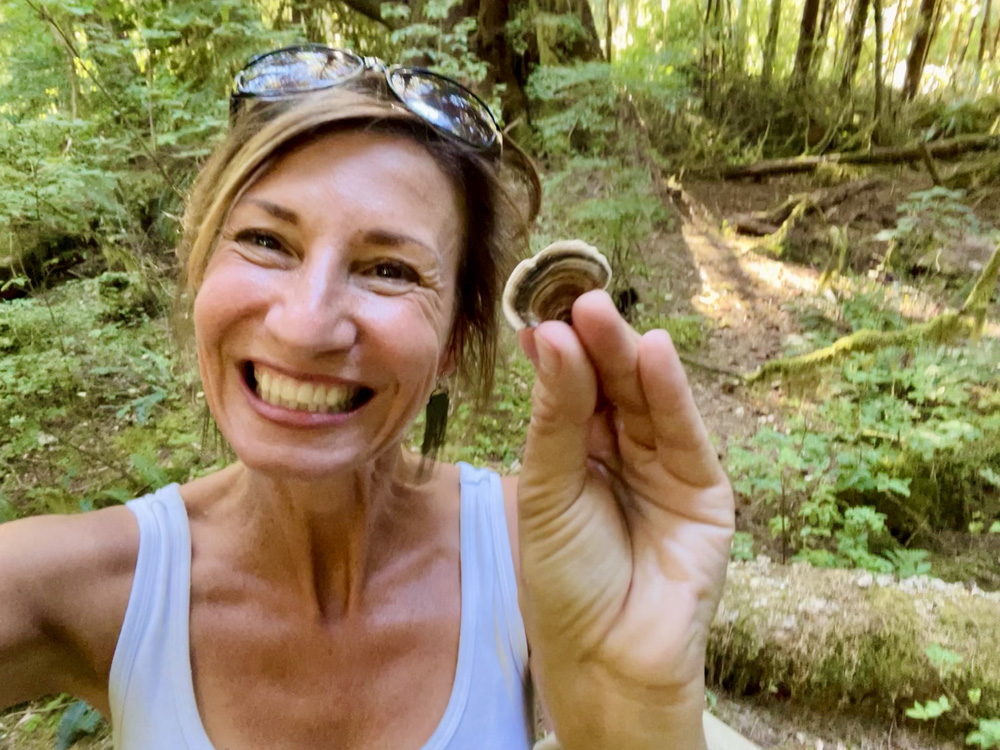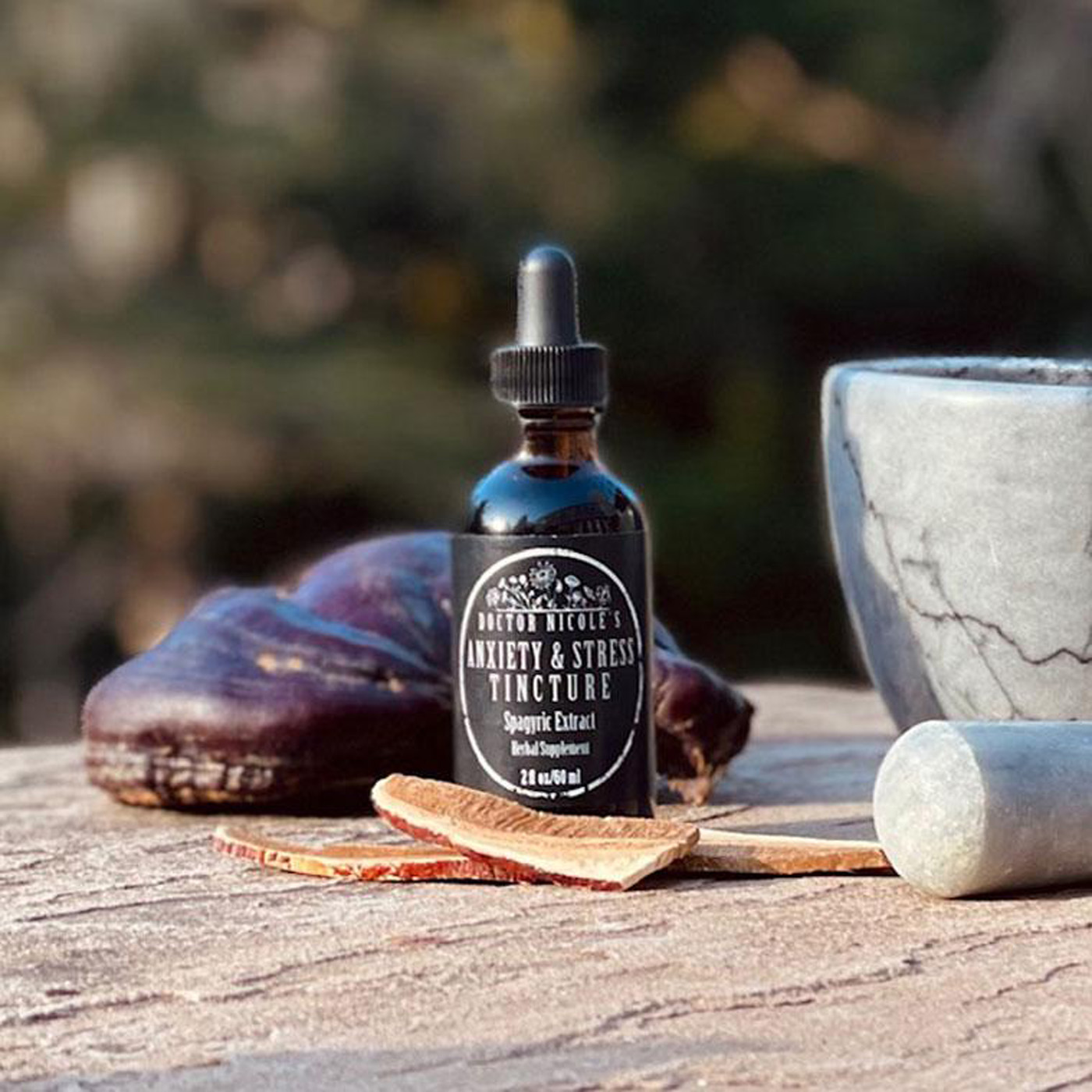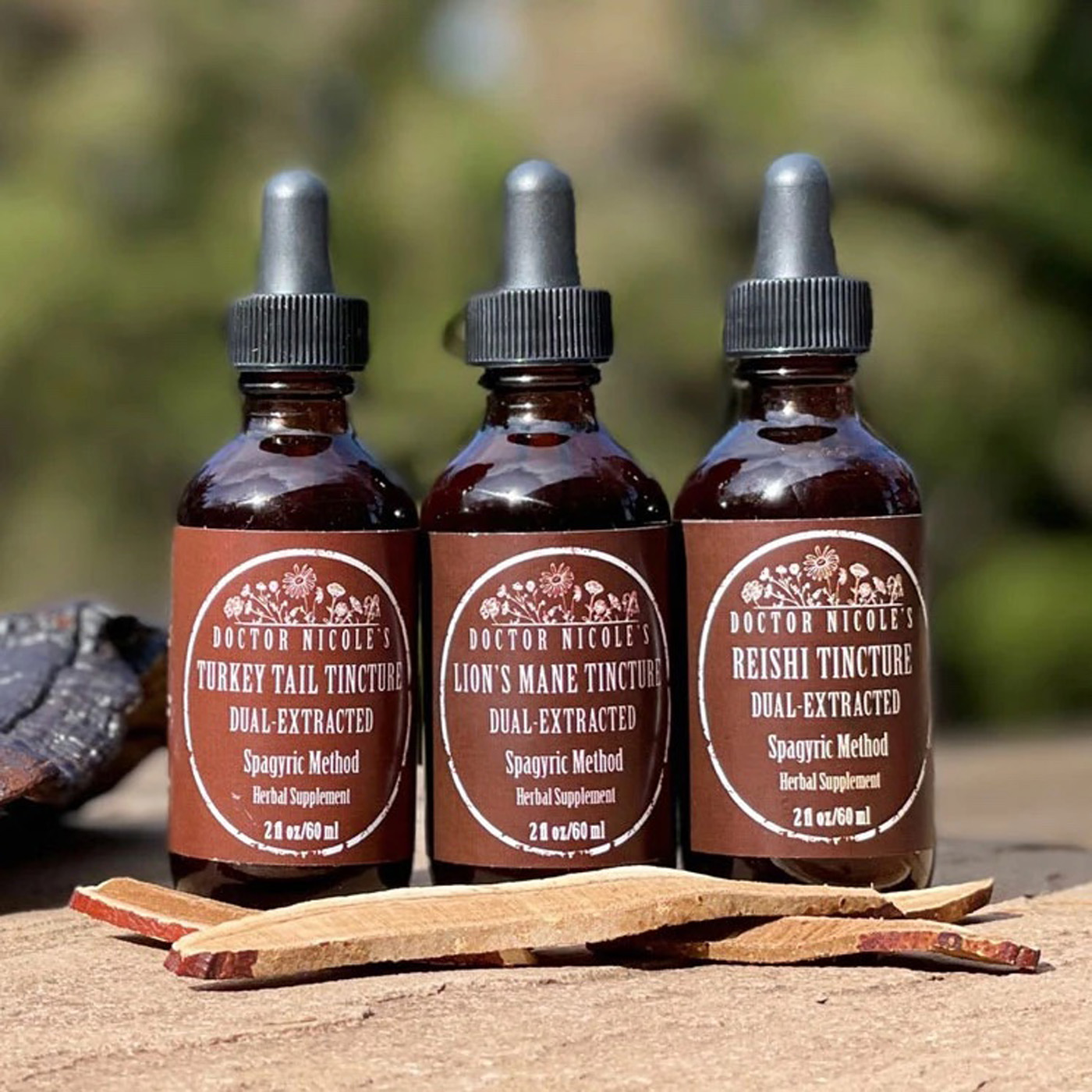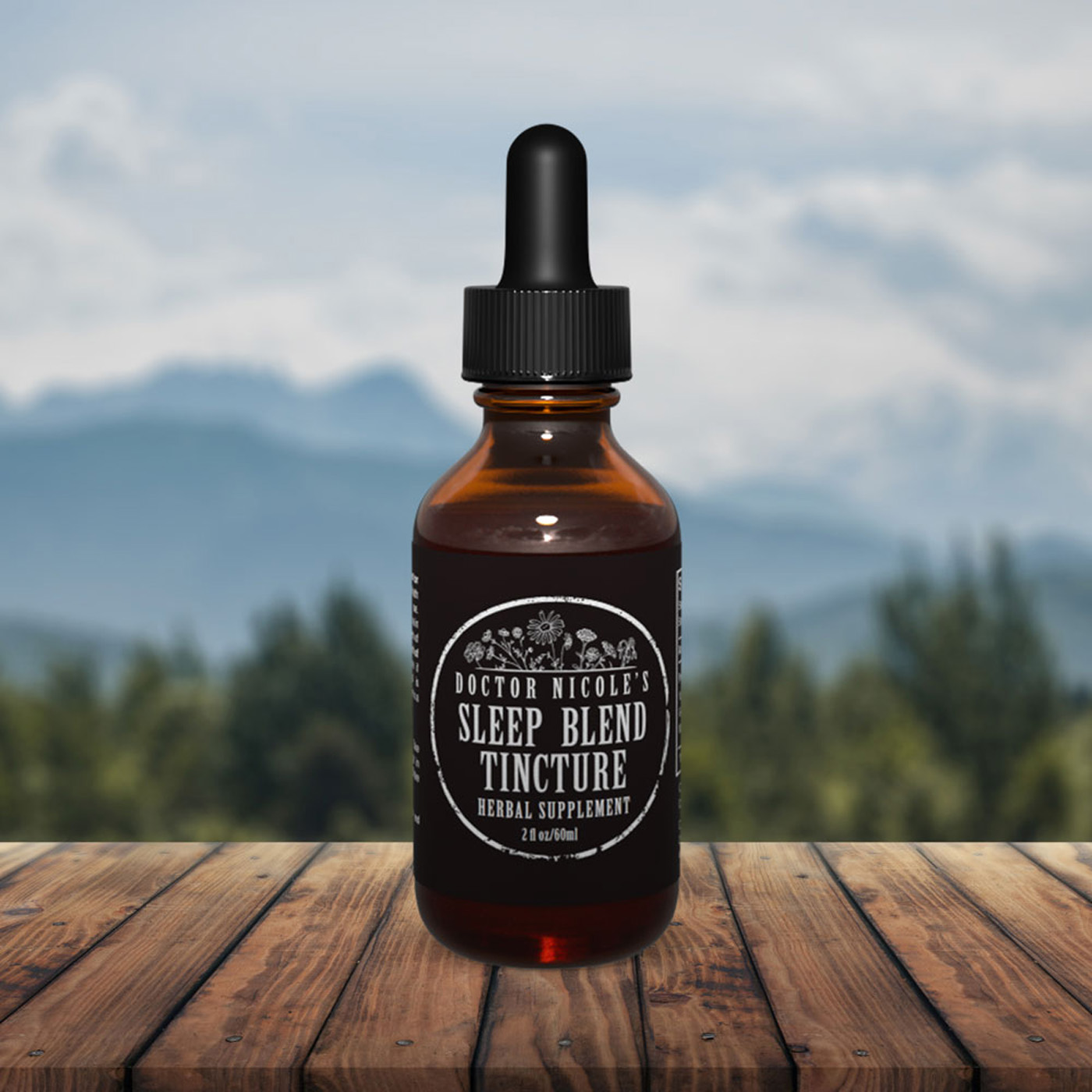A Rare, Disabling Condition
Known as the “yips” by athletes, musicians, and writers, focal dystonia is a neurological disorder that causes involuntary muscle spasms or contractions in one part of the body. It can impact your wrists, hands, or fingers, along with the neck, eyes, jaw, or vocal cords. Often the condition arises as “task-specific focal dystonia”, which triggers embouchure dystonia in musicians who play brass or woodwind instruments; involuntary wrist or hand contractions in pianists, guitarists, violinists — or athletes such as baseball pitchers, golfers, or tennis players; and writer’s cramp that gives rise to spasms in the hand or wrist in people who spend a lot of time on the computer or writing by hand. In short, it can affect people who have jobs or hobbies that require a lot of fine motor skills.
It typically appears between the ages of 40 and 60 — with women developing focal dystonia approximately three times more often than men. It impacts about three people out of 10,000 in the United States. Essentially, the condition is linked with how your brain and nerves communicate. Those with multiple sclerosis and cerebral palsy are more likely to experience the yips.

Symptoms & Conventional Treatment
While focal dystonia symptoms can vary depending on the person and region of the body affected, typically the first sign is a mild decrease in muscle coordination — such as difficulty eating and drinking, or dropping objects more readily. This can progress over time to muscle cramps and pain, twitches, and contortions of the impacted body part. Secondary symptoms can also arise, including blurred vision, sleep issues, fatigue, depression, mood swings/short temper, and brain fog. The symptoms can cycle with periods of worsening activity, then stabilization, only to have it return again.
To diagnose the condition, your healthcare provider will first determine if there may be another cause to the spasms, including infections, tumors, or overuse injuries. The most common methods of diagnosis include a blood test, CT scan or MRI, or electromyogram.
If focal dystonia is confirmed, there are a number of pharmaceutical drugs that may be prescribed, such as trihexyphenidyl (Artane®), tetrabenazine (Xenazine®), carbidopa/levodopa (Sinemet), or benzodiazepines (clonazepam). Your physician may also recommend Botulinum toxin (Botox®) injections into the affected muscle every three months to disrupt the brain signals that cause spasms.1
The drug carbidopa-levodopa specifically increases the levels of dopamine in the brain and is sometimes used for the treatment of dystonia.8

A Natural Approach to Focal Dystonia
While experts are unsure about the root cause of focal dystonia, there are several practices that may help to prevent it from arising or becoming worse. These include:
Managing stress and reducing anxiety
Avoiding excessive talking or repetitive movements
Maintaining energy levels with sound sleep habits, regular exercise, and a healthy diet
If you feel an extra layer of support is warranted, my potent Anxiety & Stress tincture and Sleep Blend can help address chronic stress, anxiety, fatigue, and poor sleep. Tap here to learn more.
Utilizing a high-quality lion’s mane medicinal mushroom extract, like the one found in my apothecary, may be effective in treating the condition as well — or preventing it altogether. Famous for its neuroprotective and neuroregenerative properties, lion’s mane has been used for centuries in the East to treat a range of conditions.
Today, science confirms what has long been known by traditional healers: this shaggy mushroom is exceptional for healing brain and spinal cord injuries by stimulating the repair and growth of nerve cells, and can even reduce the damage caused after a stroke.2,3 It has also been shown to protect against the nerve-damaging amyloid-beta plaques involved with Alzheimer’s disease.4,5 Additionally, lion’s mane also preserves the nerves and rebuilds the damaged myelin sheath in the case of multiple sclerosis.11 Science has shown time and again that lion’s mane is beneficial for protecting the nerves and re-establishing proper function, which is crucial for addressing focal dystonia.
Researchers have also found a strong correlation between the neurotransmitter dopamine, dopaminergic pathways in the brain, and dystonia — similar to another neurological disorder: Parkinson’s disease. A 2015 review found “[o]verwhelming data suggest involvement of basal ganglia and dopaminergic pathways in dystonia.”6
Additional studies have confirmed alterations in the dopamine D1 and D2 receptors in people with focal dystonia. Dopamine D1 receptors, which increase excitation of the pathway in the basal ganglia region of the brain, were upregulated. While the inhibiting D2 receptors were downregulated.7 The basal ganglia is the area of the brain that controls movement in the body.
In a 2022 study published in the journal Biomedicines, lion’s mane and turkey tail medicinal mushrooms were both found to protect against the death of dopaminergic neurons.9 In another study, reishi mushroom was also shown to be effective in limiting damage to dopaminergic neurons and may be helpful in treating focal dystonia as well.10
The Gold Standard of Medicinal Mushroom Extracts
If you are seeking the most potent and effective medicinal mushroom extracts, our tincture line in the apothecary is an excellent choice. While many mushroom supplements contain mycelium and grains — and very little of the actual mushroom, we only use the highest quality fruiting body without fillers or mycelium. This yields a superior product with 30 to 40 percent beta-glucans, compared to mycelium extracts, which typically have only 5 to 7 percent. These important compounds are the bioactive elements that provide the impressive health benefits of medicinal mushrooms.
We also employ the spagyric extraction method. With this unique process, the full medicinal properties of the herb are fully accessed and create a tincture with a complete spectrum of intracellular minerals and plant cell salts.
FELT A DIFFERENCE THE SAME DAY!
“I was diagnosed with MS two years ago. I recently started using the Mushroom trio as part of my daily routine for managing my symptoms and felt a difference the same day. I finally feel like my symptoms are improving! Thank you so much for sharing this with the rest of us!!” -Peggy W.
Our Mushroom Trio Bundle contains lion’s mane, reishi, and turkey tail tinctures. If you struggle with focal dystonia or another neuromuscular condition, visit the apothecary today and experience the difference our products can make!
Nicole Apelian
Nicole’s Apothecary Products in this Post
References
- “Focal Dystonia” Cleveland Clinic. https://my.clevelandclinic.org/health/diseases/22796-focal-dystonia
- Samberkar, S., Gandhi, S., Naidu, M., Wong, K. H., Raman, J., & Sabaratnam, V. (2015). Lion’s Mane, Hericium erinaceus and Tiger Milk, Lignosus rhinocerotis (Higher Basidiomycetes) Medicinal Mushrooms Stimulate Neurite Outgrowth in Dissociated Cells of Brain, Spinal Cord, and Retina: An In Vitro Study. International journal of medicinal mushrooms, 17(11), 1047–1054. https://doi.org/10.1615/intjmedmushrooms.v17.i11.40
- Wong, K. H., Kanagasabapathy, G., Naidu, M., David, P., & Sabaratnam, V. (2016). Hericium erinaceus (Bull.: Fr.) Pers., a medicinal mushroom, activates peripheral nerve regeneration. Chinese journal of integrative medicine, 22(10), 759–767. https://doi.org/10.1007/s11655-014-1624-2
- Tsai-Teng, T., Chin-Chu, C., Li-Ya, L., Wan-Ping, C., Chung-Kuang, L., Chien-Chang, S., Chi-Ying, H. F., Chien-Chih, C., & Shiao, Y. J. (2016). Erinacine A-enriched Hericium erinaceus mycelium ameliorates Alzheimer’s disease-related pathologies in APPswe/PS1dE9 transgenic mice. Journal of biomedical science, 23(1), 49. https://doi.org/10.1186/s12929-016-0266-z
- Li, I. C., Chang, H. H., Lin, C. H., Chen, W. P., Lu, T. H., Lee, L. Y., Chen, Y. W., Chen, Y. P., Chen, C. C., & Lin, D. P. (2020). Prevention of Early Alzheimer’s Disease by Erinacine A-Enriched Hericium erinaceus Mycelia Pilot Double-Blind Placebo-Controlled Study. Frontiers in aging neuroscience, 12, 155. https://doi.org/10.3389/fnagi.2020.00155
- Karimi, M., & Perlmutter, J. S. (2015). The role of dopamine and dopaminergic pathways in dystonia: insights from neuroimaging. Tremor and other hyperkinetic movements (New York, N.Y.), 5, 280. https://doi.org/10.7916/D8J101XV
- Simonyan, K., Cho, H., Hamzehei Sichani, A., Rubien-Thomas, E., & Hallett, M. (2017). The direct basal ganglia pathway is hyperfunctional in focal dystonia. Brain : a journal of neurology, 140(12), 3179–3190. https://doi.org/10.1093/brain/awx263
- “Dystonia” The Mayo Clinic. https://www.mayoclinic.org/diseases-conditions/dystonia/symptoms-causes/syc-20350480
- Cordaro, M., Modafferi, S., D’Amico, R., Fusco, R., Genovese, T., Peritore, A. F., Gugliandolo, E., Crupi, R., Interdonato, L., Di Paola, D., Impellizzeri, D., Cuzzocrea, S., Calabrese, V., Di Paola, R., & Siracusa, R. (2022). Natural Compounds Such as Hericium erinaceus and Coriolus versicolor Modulate Neuroinflammation, Oxidative Stress and Lipoxin A4 Expression in Rotenone-Induced Parkinson’s Disease in Mice. Biomedicines, 10(10), 2505.
- Ren, Z. L., Wang, C. D., Wang, T., Ding, H., Zhou, M., Yang, N., Liu, Y. Y., & Chan, P. (2019). Ganoderma lucidum extract ameliorates MPTP-induced parkinsonism and protects dopaminergic neurons from oxidative stress via regulating mitochondrial function, autophagy, and apoptosis. Acta pharmacologica Sinica, 40(4), 441–450. https://doi.org/10.1038/s41401-018-0077-8
- Lai, P. L., Naidu, M., Sabaratnam, V., Wong, K. H., David, R. P., Kuppusamy, U. R., Abdullah, N., & Malek, S. N. (2013). Neurotrophic properties of the Lion’s mane medicinal mushroom, Hericium erinaceus (Higher Basidiomycetes) from Malaysia. International journal of medicinal mushrooms, 15(6), 539–554. https://doi.org/10.1615/intjmedmushr.v15.i6.30








